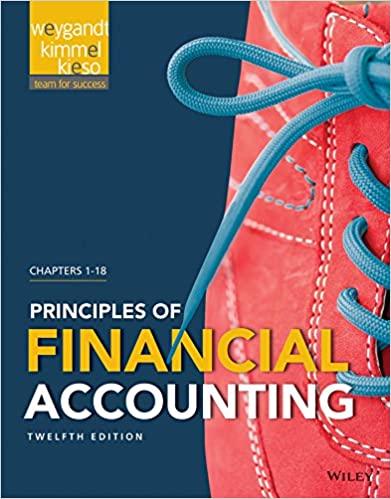Question
Consider the following compound interest scheme, which well refer to as Scheme RST throughout this test. Scheme RST An interest rate of r > 0

Consider the following compound interest scheme, which well refer to as Scheme RST throughout this test. Scheme RST
An interest rate of r > 0 is applied at the end of the first week,
An interest rate of s > 0 is applied at the end of the second week,
An interest rate of t > 0 is applied at the end of the third week. Thereafter, the cycle repeats, so that the rates r, s, and t are applied at the end of the subsequent weeks, in this order.
1. In parts (i) to (iii) assume that the investment is made into an account that follows Scheme RST.
(i) If a principal P is invested at the beginning of Week 1, what is the value of the investment after 1 year? Note: There are 52 weeks in a year.
(ii) If a principal P is invested at the beginning of Week 1, how many cycles (3 weeks) will it take for the value of the investment to triple?
(iii) After 24 weeks we want the value of our investment to be S. What principal P should be invested at the beginning of the first week in order to ensure that the account has exactly S dollars?
2. Effective rates
(i) Consider another investment scheme that compounds once, at the end of the year, with annual interest rate ra. What value of ra must be selected in order for a principal P, invested on January 1st, to have the same value at the end of the year as an investment of P in Scheme RST?
(ii) Next consider an investment scheme that compounds continuously with interest rate rc. What value of rc must be selected in order for a principal P, invested on January 1st, to have the same value at the end of the year as an investment of P in the Scheme RST?
(iii) How does ra compare to rc? I.e. does it necessarily hold that ra > rc, or ra
3. (i) Using Scheme RST youd like to set up a three-year annuity where you are able to withdraw A dollars from an account at the end of each three week period. How much should your initial deposit be?
(ii) Compute your initial deposit if youd like the annuity in (i) to instead be a perpetuity, so you can make withdrawals of A every three weeks indefinitely.
Consider the following compound interest scheme, which we'll refer to as Scheme RST throughout this test. Scheme RST An interest rate of r> 0 is applied at the end of the first week, An interest rate of s> 0 is applied at the end of the second week, An interest rate of t > 0 is applied at the end of the third week. Thereafter, the cycle repeats, so that the rates r, s, and t are applied at the end of the subsequent weeks, in this order. 1. In parts (i) to (iii) assume that the investment is made into an account that follows Scheme RST. (i) If a principal P is invested at the beginning of Week 1, what is the value of the investment after 1 year? Note: There are 52 weeks in a year. (ii) If a principal P is invested at the beginning of Week 1, how many cycles (3 weeks) will it take for the value of the investment to triple? (iii) After 24 weeks we want the value of our investment to be S. What principal P should be invested at the beginning of the first week in order to ensure that the account has exactly S dollars? 2. Effective rates (i) Consider another investment scheme that compounds once, at the end of the year, with annual interest rate ra. What value of ra must be selected in order for a principal P, invested on January 1st, to have the same value at the end of the year as an investment of P in Scheme RST? (ii) Next consider an investment scheme that compounds continuously with interest rate re. What value of re must be selected in order for a principal P, invested on January 1st, to have the same value at the end of the year as an investment of P in the Scheme RST? (iii) How does ra compare to rc? I.e. does it necessarily hold that ra > rc, or raStep by Step Solution
There are 3 Steps involved in it
Step: 1

Get Instant Access to Expert-Tailored Solutions
See step-by-step solutions with expert insights and AI powered tools for academic success
Step: 2

Step: 3

Ace Your Homework with AI
Get the answers you need in no time with our AI-driven, step-by-step assistance
Get Started


